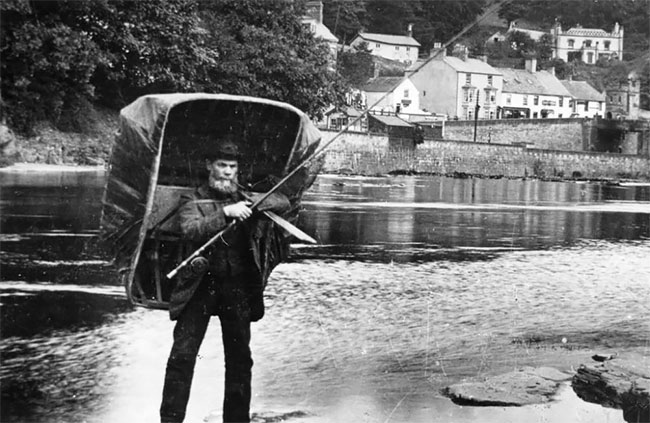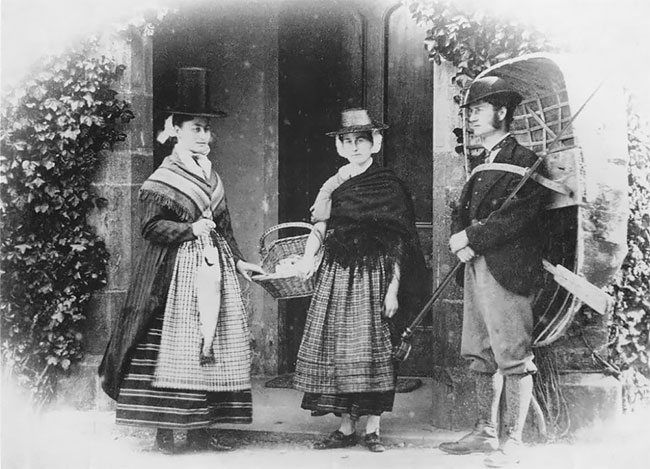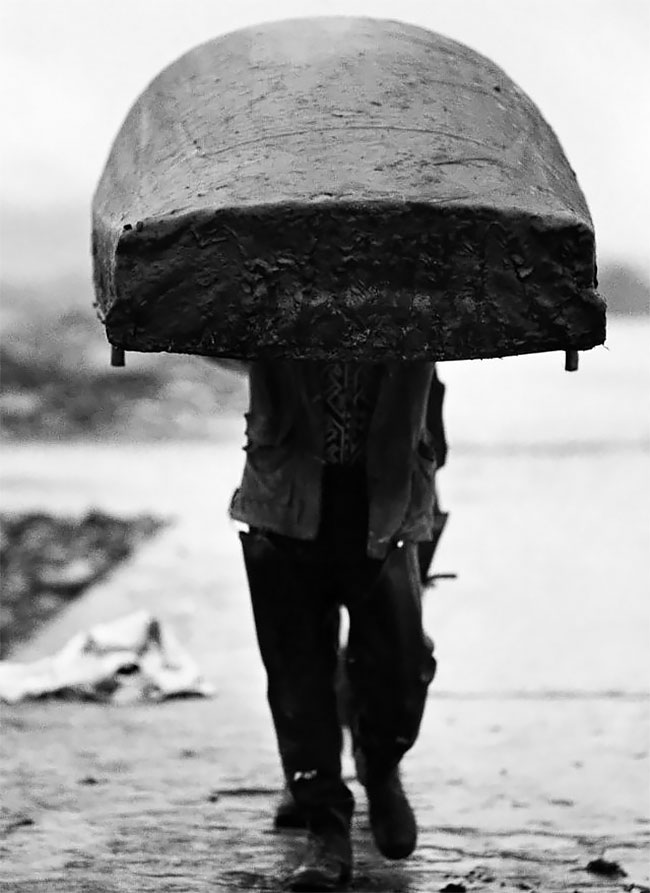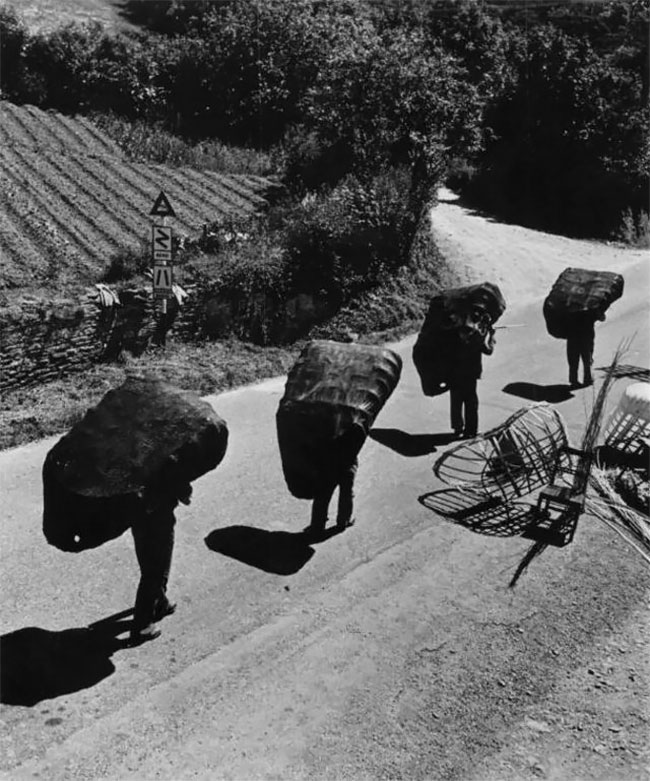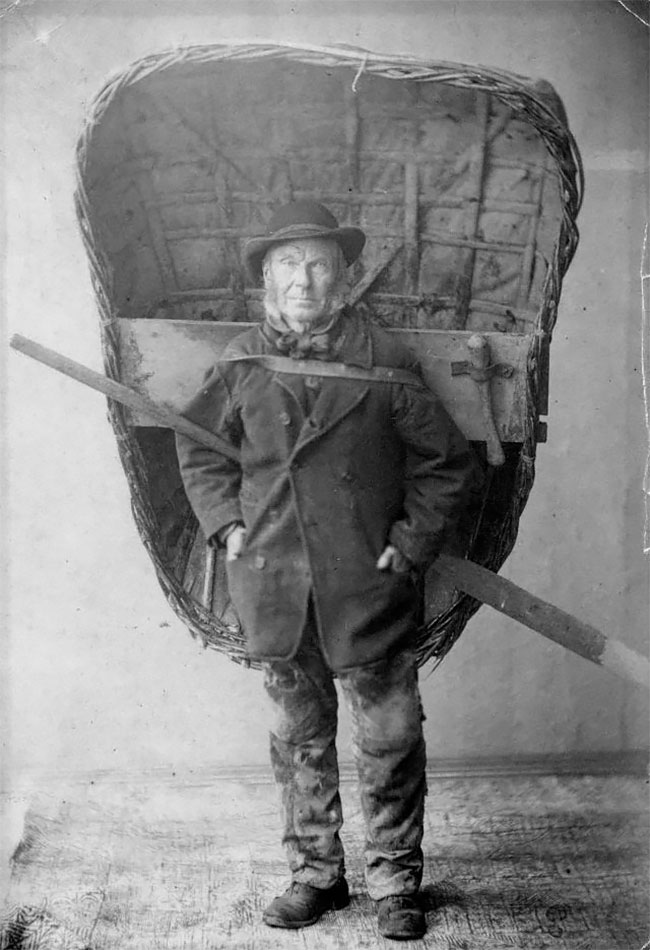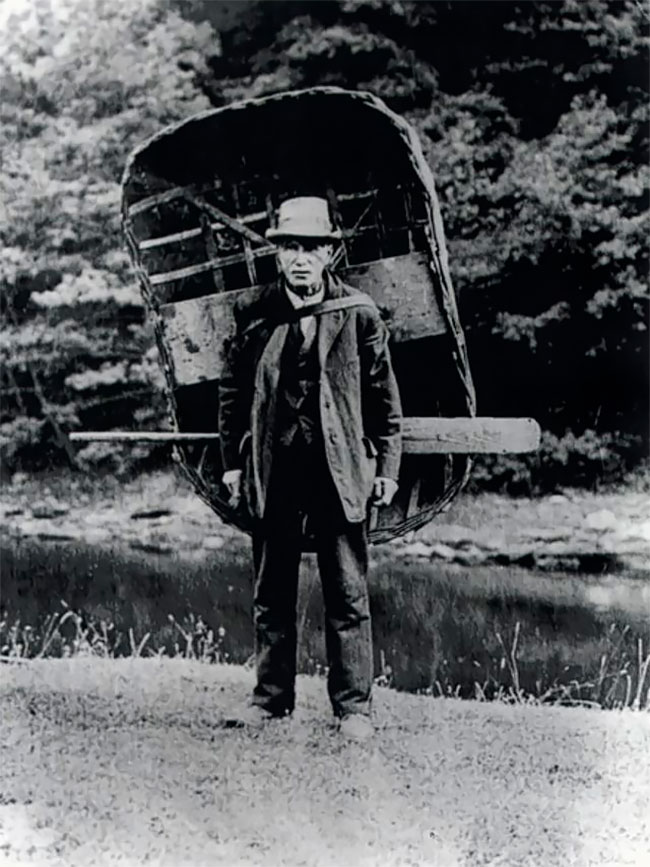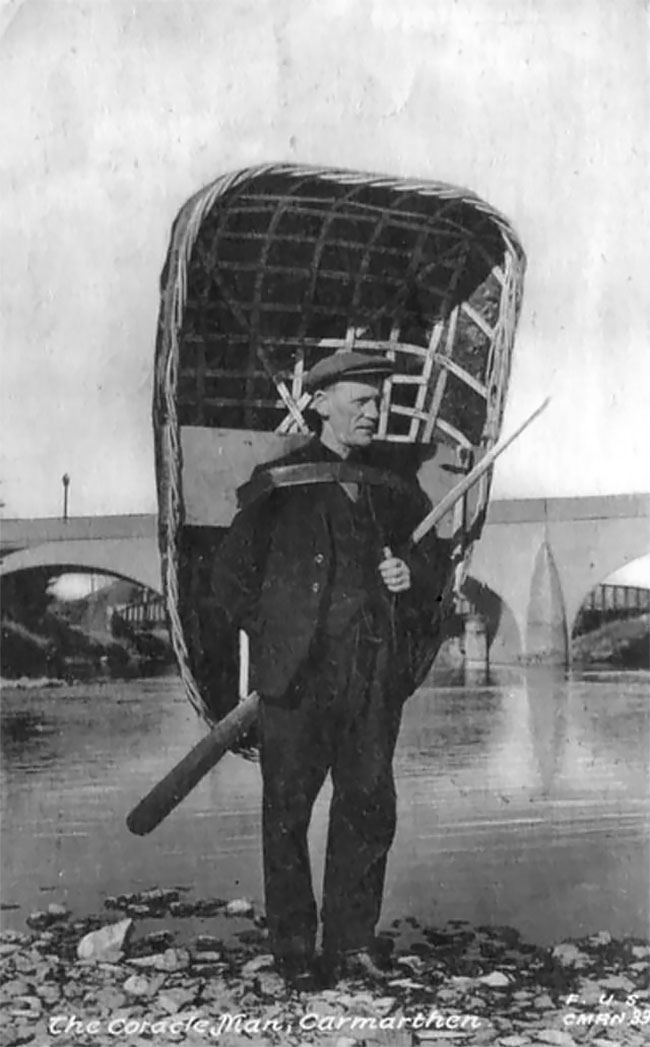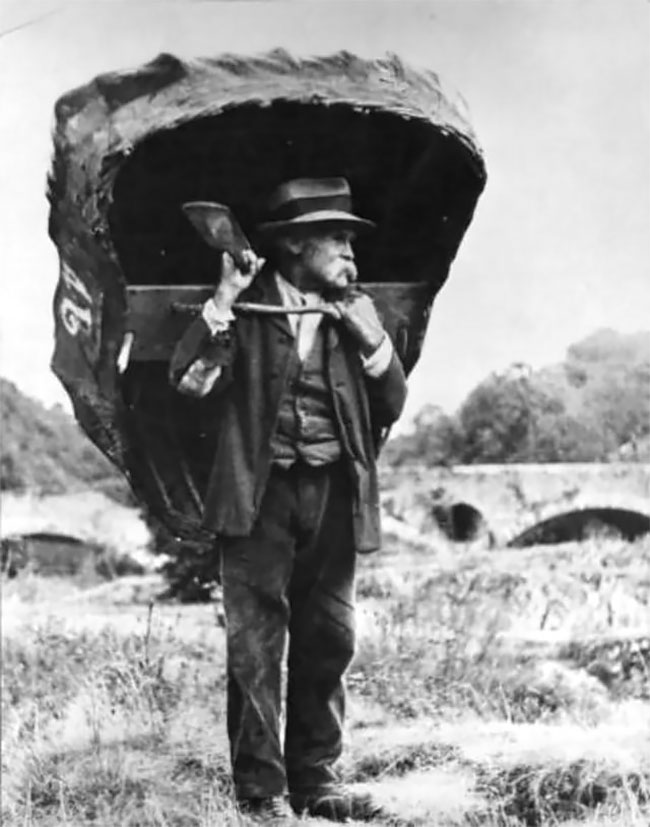Vintage Photographs Of Welsh Coracle Men With Their Catch Of Fish In The Early 20th Century

Though many types of boats have evolved, flourished for a time, and then been replaced, the coracle, which Caesar described, and even adopted in his Iberian campaign, has remained practically unchanged in a thousands years. Made of split birch and a canvas skin, it is still used for fishing in the rapid-running rivers of West Ireland. It is the most portable of craft, as can be seen in the photographs below.
h/t: vintag.es
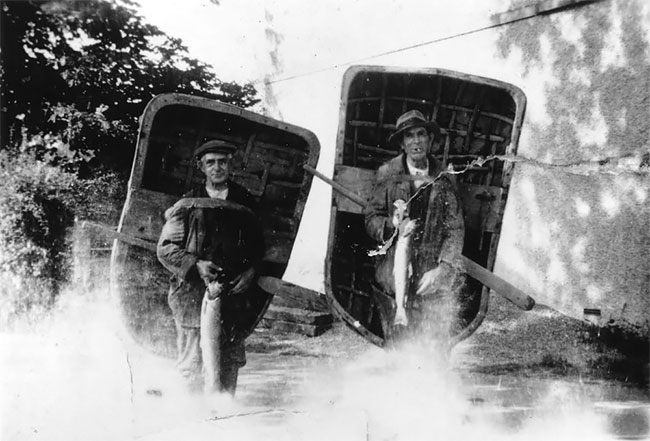
The coracle is a small, rounded, lightweight boat of the sort traditionally used in Wales, and also in parts of the West Country and in Ireland, particularly the River Boyne, and in Scotland, particularly the River Spey. The word “coracle” is an English spelling of the original Welsh cwrwgl, cognate with Irish and Scottish Gaelic currach, and is recorded in English text as early as the sixteenth century.
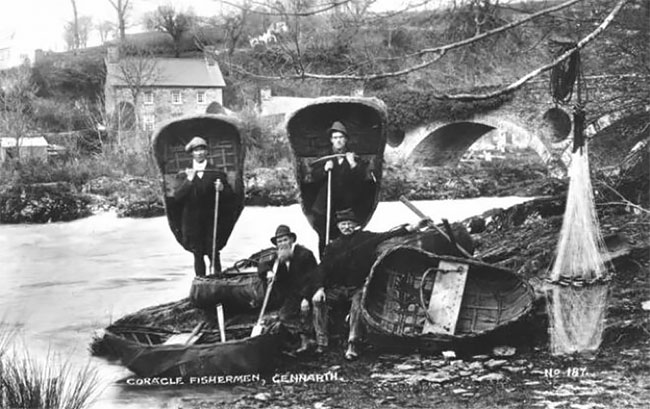
Designed for use in swiftly flowing streams, the coracle has been in use in the British Isles for millennia, having been noted by Julius Caesar in his invasion of Britain in the mid first century BC, and used in his military campaigns in Spain. Remains interpreted as a possible coracle were found in an Early Bronze Age grave at Barns Farm near Dalgety Bay, and others have been described, from Corbridge and from near North Ferriby.

Where coracle fishing is performed by two coraclers the net is stretched across the river between the two coracles. The coraclers will paddle one handed, dragging the net in the other, and draw the net downstream. When a fish is caught, each hauls up an end of the net until the two boats are brought to touch, and the fish is then secured, using a priest (or knocker – a small block of wood) to stun the fish.
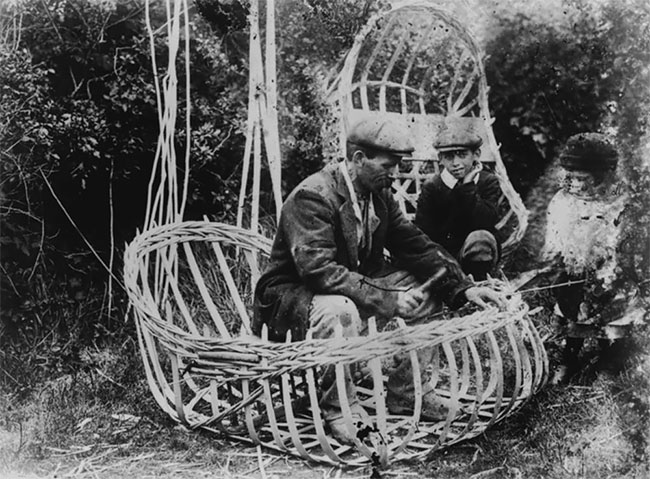
Coracles are now seen regularly only in tourist areas of West Wales, and irregularly in Shropshire on the River Severn – a public house in Sundorne, Shrewsbury called “The Coracle” has a pub sign featuring a man using a coracle on a river. The Welsh Rivers Teifi and Tywi are the most common places to find coracles in Wales. On the Teifi they are most frequently seen between Cenarth, and Cilgerran and the village of Llechryd.
